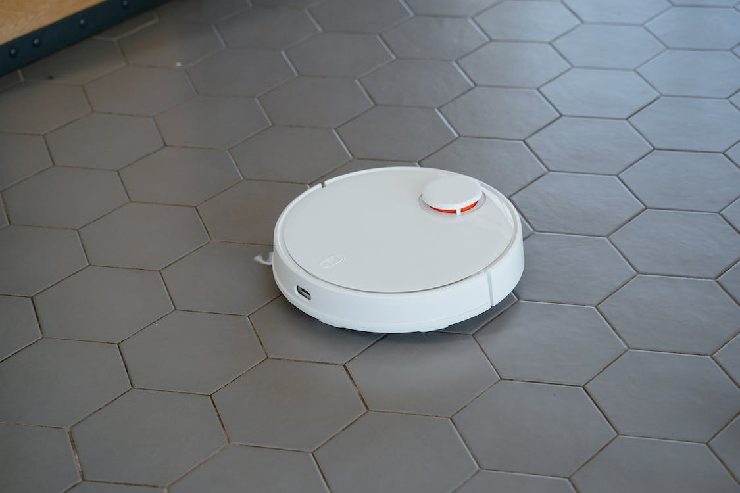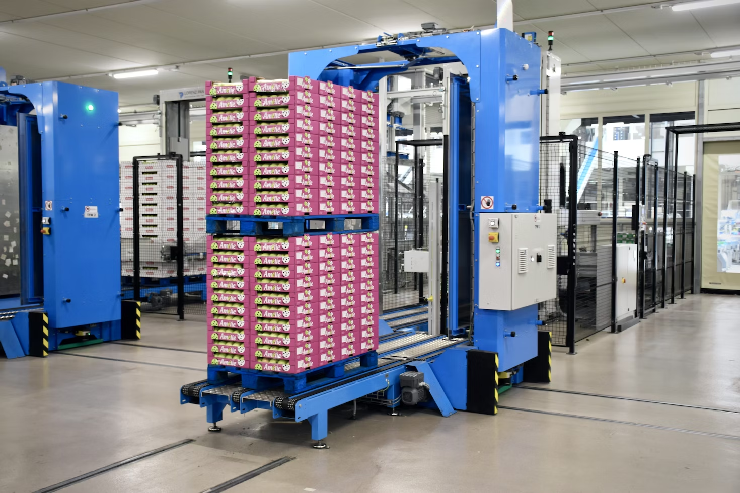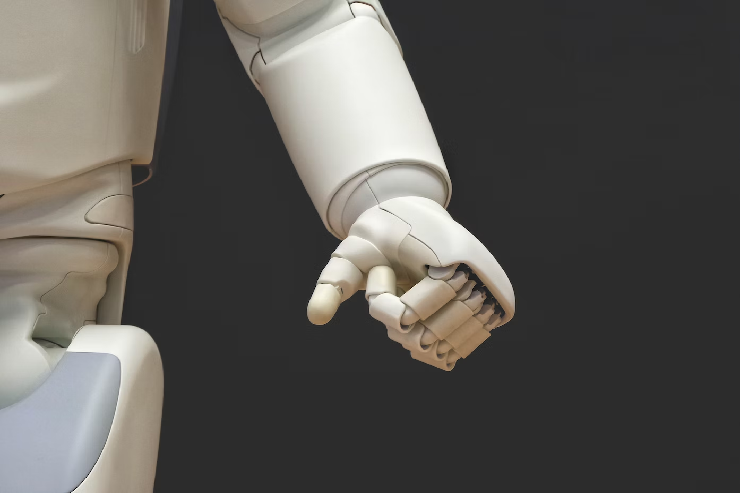
Remember when robots were just far-fetched sci-fi fantasies? Well, the future is here and robots are stepping off the silver screen and into our everyday lives. From auto-vacuuming our floors to self-driving our cars, automation and AI are transforming the spaces and tasks around us. Welcome to the robot revolution!
In this blog, we’ll explore how robots and intelligent systems are integrating into our homes, vehicles, workplaces, and healthcare. From helpful household helpers to automated nurses, robots are getting more sophisticated by the day. Read on to learn how you can expect to interact with robots in the near future.
Robotic Homes
Imagine a home where the heat and lights turn on automatically as you arrive. Your robot vacuum swoops in to clean the floors and a robotic arm stirs a pot on the stove. The home of the future isn’t just for tech billionaires anymore. Affordable smart home tech can help manage appliances, adjust temperatures, secure locks, and perform all kinds of helpful household tasks.
Virtual assistants like Amazon Alexa allow you to control devices and services with simple voice commands. Smart thermostats like the Nest self-adjust throughout the day to conserve energy. With network-connected appliances and automated systems, running a home requires minimal effort. Just kick back and let your helpful robot helpers handle the chores!
Of course, increased home automation also raises valid privacy concerns. Robot vacuum cleaners equip homes with rolling surveillance devices, mapping interiors in detail. And virtual assistants are always listening for their activation cue words. While smart devices provide convenience, they also risk compromising personal space and data. Finding the right balance will be key as we invite more robots into our private dwellings.

Self-Driving Cars Hit The Roads
Imagine commuting while sleeping, working, or relaxing instead of steering. This may soon be possible thanks to autonomous vehicles. Self-driving cars utilize sensors, cameras, and radars to analyze and navigate their surroundings. Advanced software controls speed, braking and performance to avoid obstacles and get riders to their destinations safely.
Although not yet available to consumers, autonomous taxis and delivery vehicles are already being tested in cities like Phoenix, Detroit, and Pittsburgh. Engineers are working to refine the technology to handle increasingly complex traffic situations. Eventually self-driving cars could provide new transportation options for the disabled and elderly. Vehicle automation may also reduce driver-related accidents and free up commuting time for other pursuits.
Of course, the transition to autonomous vehicles will likely be gradual. Truly driverless cars will need to prove themselves safe and reliable before governments provide full legal clearance. Expect to see self-driving cars sharing the roads with human drivers during a transitional hybrid period. Autonomous technology will initially be costly, limiting access. But if robots can take the wheel reliably, it would revolutionize urban mobility.
Warehouse Robots Pack Up The Tedious Work
Online shopping demands efficient logistics, and warehouse robots are answering the call. Automated systems now handle many fulfillment center tasks including inventory picking, packing, and sorting. Amazon robots like Kiva and Pegasus can work faster and more accurately than their human coworkers.
Robots’ stamina and precision make them ideal for repetitive supply chain tasks. Their service reduces mistakes and boosts warehouse productivity. With the booming e-commerce industry facing massive labor shortages, these tireless robot workers help fill vacant jobs. Automation enables warehouses to scale up as online demand grows.
While increasing efficiency, warehouse robotics also raises concerns about human job loss. Lower-skilled workers may find themselves displaced by automation. Successfully integrating robots and human staff in warehouses will require retraining programs and emphasis on skills robots can’t match, like critical thinking and social intelligence. With the right initiatives, human-robot collaboration could strengthen the overall workforce.

Surgical Robots Get The Tiny Details Right
Can you imagine a machine performing better eye surgery than the steadiest human hand? Enter high-precision surgical robots. Systems like the da Vinci Surgical System allow surgeons to operate with enhanced vision, control, and range of motion through tiny incisions. This enables minimally invasive techniques with less risk of infection and quicker patient recovery times.
Surgical robots also have the potential to democratize specialized procedures. Highly skilled doctors can operate robotic systems remotely, bringing vital expertise to more patients worldwide. AI-guided robot surgery may even detect hard-to-see cancer tissue and recommend real-time adjustments. Patients may understandably be wary of robot surgeons, but ultimately their advanced capabilities could save lives.
Robo-Nurses Reporting For Caregiving Duty
From automated pill dispensers to robotic exoskeletons, technology is coming to healthcare. Social companion robots like Paro the therapeutic seal provide comfort and mental stimulation for elderly patients. More utilitarian nurse robots deliver medicine and supplies throughout hospitals. Patients initially may be startled by their robot caregivers, but the hope is that their consistent support enhances healthcare experiences.
Looking ahead, AI nurses equipped with medical knowledge could take on advanced care duties. They may eventually diagnose conditions, recommend treatments, monitor patients, and respond quickly in emergencies. Of course, bedside manner is tougher to automate, and human nurses provide social-emotional care that robots would struggle to replicate. Healthcare robotics aims to assist overworked staff, not replace them. However, keeping roles distinct will help patients embrace their new robot helpers.

Delivery Drones Take Flight
Imagine an automated drone gently landing on your porch and delivering a hot pizza straight to your door. This sci-fi scenario is edging towards reality as companies like Amazon and UPS explore drone delivery. Lightweight aerial drones could transport food, medicines, consumer goods, and more on demand. This on-the-fly delivery method could be a game changer for individuals and businesses.
However, major regulatory hurdles remain for commercial drone delivery. Safety concerns due to mechanical failures, extreme weather, or bird collisions need addressing. Privacy issues also arise from camera-equipped drones buzzing over homes and backyards across neighborhoods. As these challenges get resolved, you can expect small drones making local deliveries to be an aerial addition to urban life.
The Robot Takeover Is Just Getting Started
From rolling home assistants to humanoid healthcare helpers, robots are transforming our dwellings, vehicles, workplaces and care facilities. Intelligent automation can make life easier, healthier and more efficient. But it also risks displacing jobs, eroding privacy, and dehumanizing interactions when poorly implemented.
By designing wise regulations and applying emerging technologies thoughtfully, society can maximize the benefits of robotics while minimizing harm. The robot takeover doesn’t have to be a dystopian future – in fact, it could free up human energy for the stuff that matters: art, ideas, relationships and more high-level pursuits. But this healthier robot revolution will require ethical, creative tech development and robust public discussions.
Conclusion
So next time you yell at Siri or get advice from an AI chatbot, think bigger. The age of automation is just taking off. How do we want to guide this robot evolution happening in our homes and lives? The decisions we make today will shape the future we inhabit together, both carbon and silicon beings. This is our chance to build a collaborative society that works for all. Let’s make the most of it!
